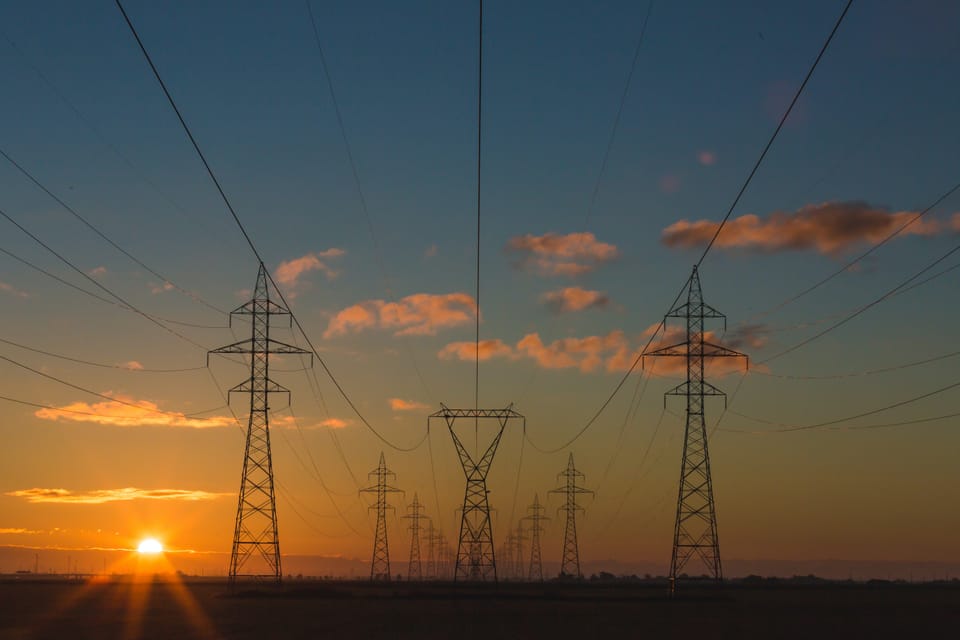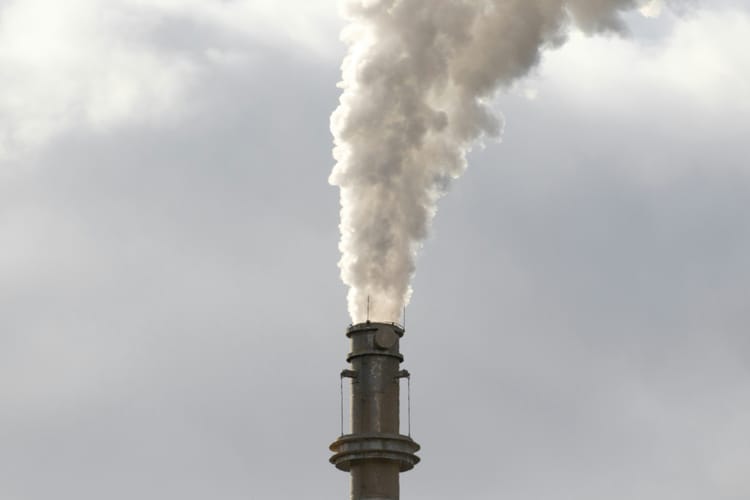Public-private-philanthropic partnerships needed to fill the climate finance gap

With trillions of new investments needed every year to meet global climate and nature targets, the World Economic Forum is advocating for more collaboration between public, private and philanthropic stakeholders to accelerate the transition.
Noting that combined funding from business, government and philanthropic sectors is falling short, with only 6% of 2025 climate investment needs met so far, WEF today released a paper showing the effectiveness of bringing these three funding sources together to “create a positive domino effect”.
While most people agree on the main strategies to keep the global temperature rise below to 1.5ºC – increasing renewable energy, transitioning away from fossil fuels, electrifying mobility, among others – how these strategies should be financed remains a contentious issue.
The global stocktake agreement signed this morning at COP28 fell short of setting explicit new goals in this area, despite noting that about US$4.3 trillion per year needs to be invested in clean energy up until 2030, increasing to US$5 trillion per year up until 2050.
Recent research also revealed that financing for nature protection is even further behind that for climate mitigation and adaptation, with US$5 trillion of private finance going into projects that harm nature every year, compared to US$35 billion invested in nature-based solutions.
Using philanthropy to catalyse wider investment
In its paper, WEF analyses the success of different projects that brought together business, public and philanthropic funding and argues that this model offers a strategic approach to “unlocking the transition to net zero and restore nature”.
“Philanthropy, with its nimble and risk-tolerant characteristics, plays a pivotal role in providing early-stage funding, catalysing wider investments while securing the most equitable outcomes,” says the forum, adding that currently, only 2% of philanthropic giving is directed towards climate mitigation.
Over the past 20 years, more than 50 climate and nature-focused philanthropic-public-private partnerships have surfaced, most of which have made strides in addressing climate financing hurdles, the report explains.
Energy Transition Accelerator named as successful partnership
Among these, WEF cites the Mangrove Breakthrough coalition, which aims to mobilise US$50 million-US$100 million from over 40 partners over the next 10 years to protect and restore mangroves worldwide, as well as the US-led the Energy Transition Accelerator (ETA).
The ETA aims to mobilise up to US$200 billion to support the energy transition of developing countries by 2035 by allowing them to sell carbon credits for avoided emissions. Launched at COP27 last year by US climate envoy John Kerry, it is supported by the US Department of State, the Bezos Earth Fund and The Rockefeller Foundation, and has now received backing from 10 large corporations including Amazon, Morgan Stanley and Salesforce.
“For partnerships to work effectively, various stakeholders should be willing to come together to bring collective as well as individual expertise and resources to find solutions,” said Gim Huay Neo, WEF Managing Director. “Without working with other partners to find the right intervention points, it is difficult for a single institution to deploy their funds.”







Member discussion